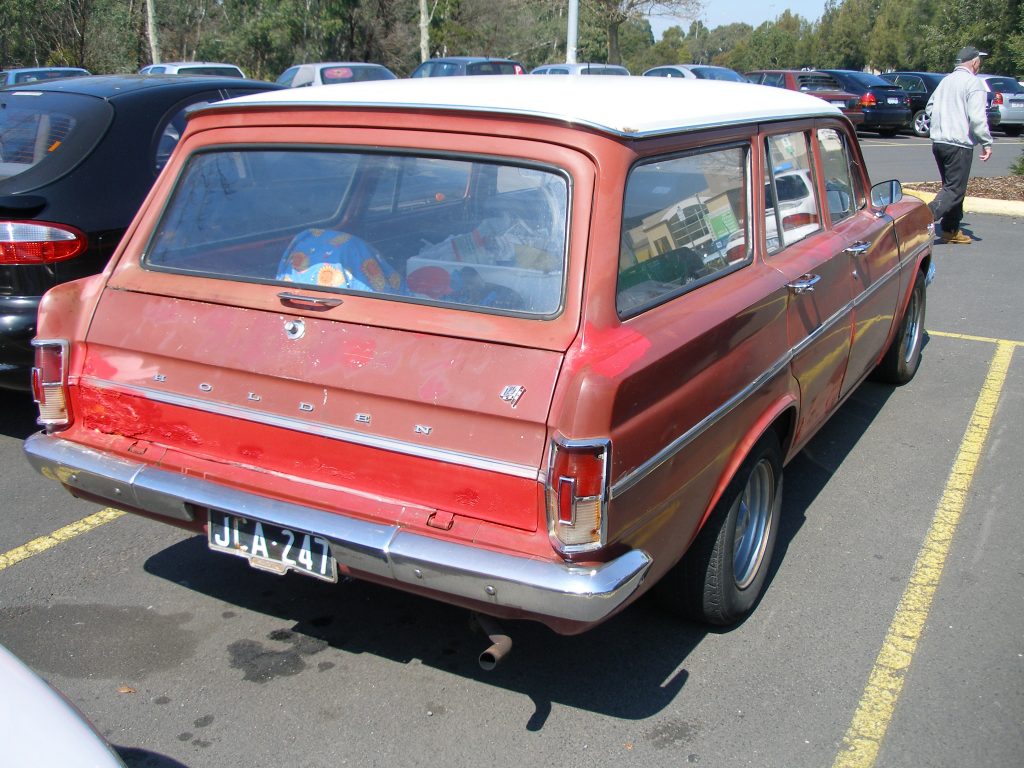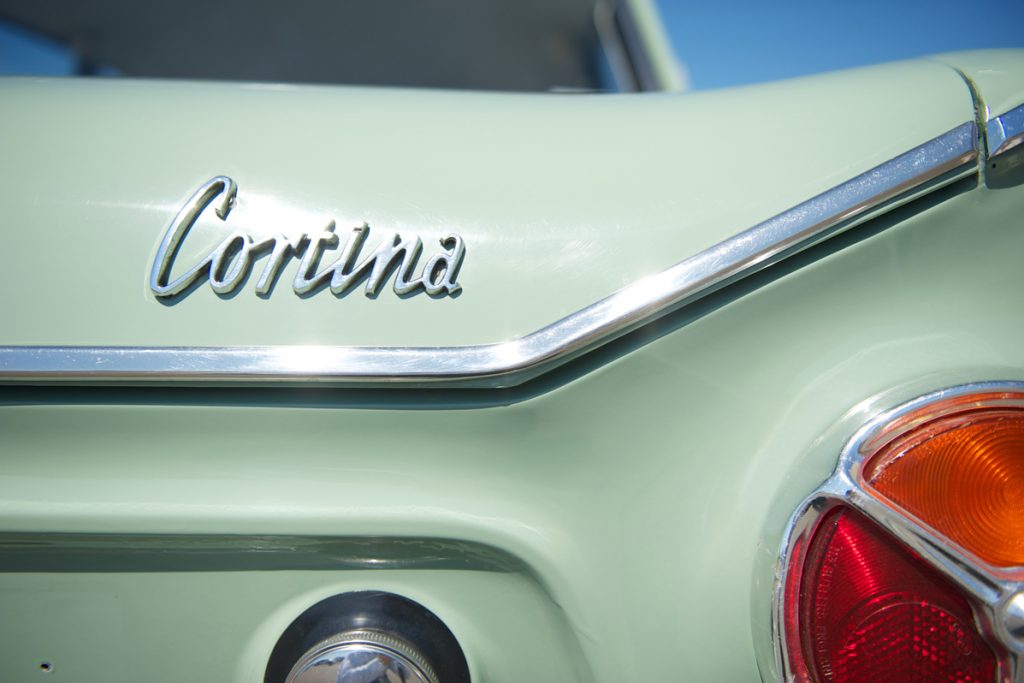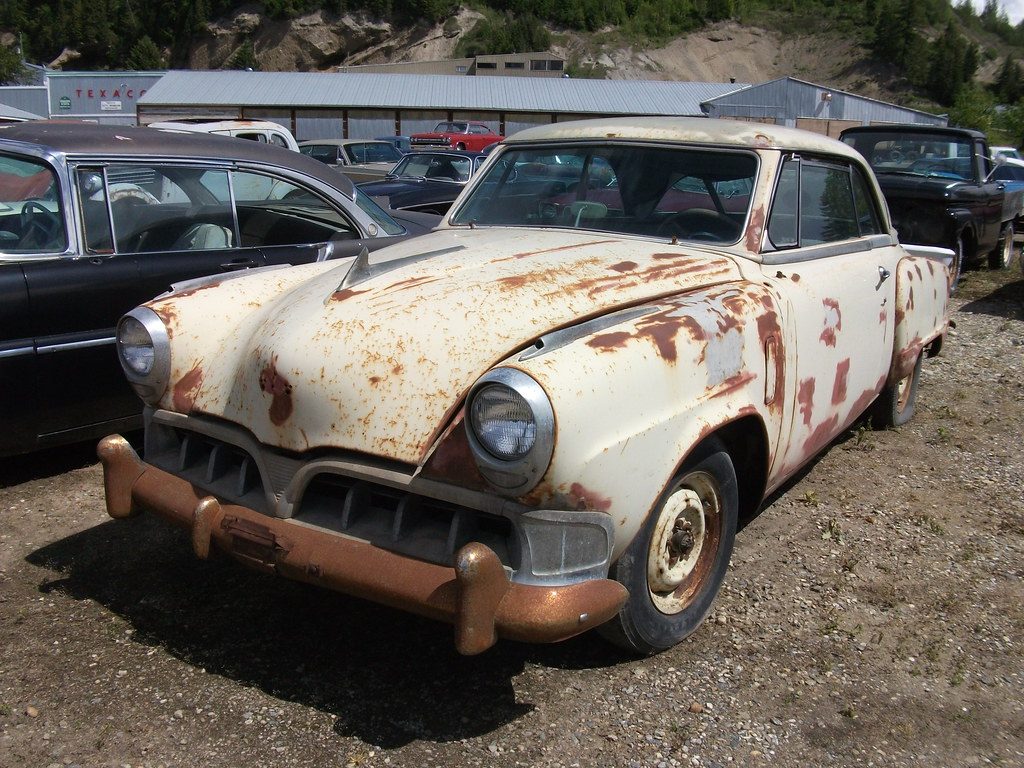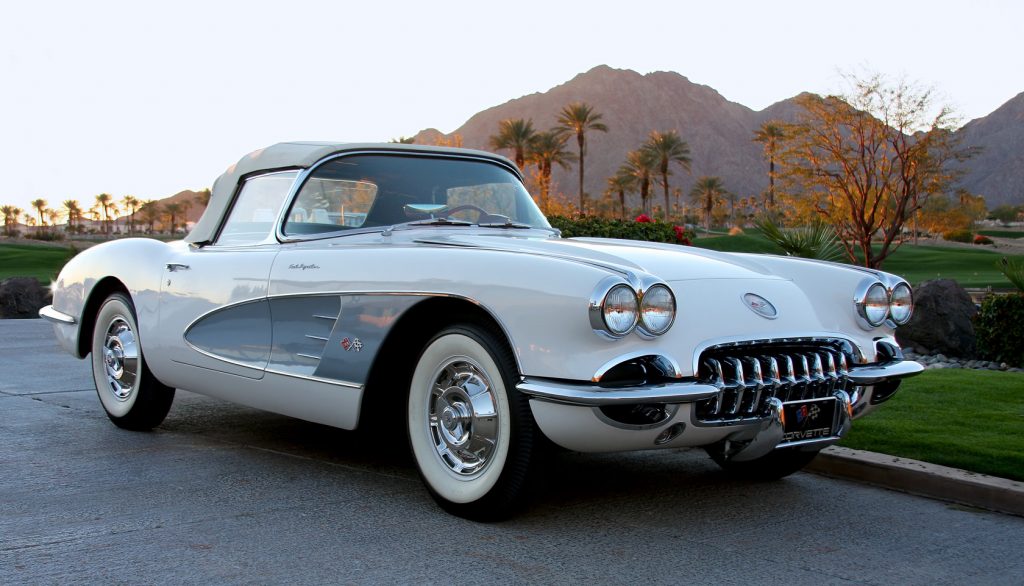Cars are easily rusted due to their metal composition and exposure to external conditions. Therefore, it is essential to maintain your vehicle regularly and to adopt the right actions to avoid the appearance of rust. That’s why today we give you some ideas on how to treat rust.
What Is Rust?
The chemical name of rust is iron oxide. It is formed as a result of an electrochemical process known as corrosion.

Three Elements Are Necessary for the Formation of Rust:
- Cathode: metal that acts as an electron receptor.
- Anode: metal that releases electrons, taking into account several circumstances
- Electrolyte: a liquid that acts as a medium for the flow of electrons
In the presence of an electrolyte, electrons flow from the anode to the cathode, causing corrosion and the formation of iron oxide. Corrosion weakens the metal, which can be extremely damaging to your car. Rust treatment on cars consists of removing iron oxide and coating a potentially vulnerable surface to prevent the process from occurring.
Conditions Leading to Rust

The metal in your car can act as a cathode and an anode in the presence of water, which acts as an electrolyte. Cars are, therefore, very vulnerable to the formation of rust. This situation is particularly true in humid climates. The presence of moisture in the air can cause your car to rust even faster.
Some substances like salt can further accelerate the process. Any metal substance exposed to saltwater is, therefore, likely to rust at an accelerated rate.
Therefore, you should be very careful if you live near the coast. Seawater is likely to evaporate and infiltrate the atmosphere for up to 160 kilometres. This situation makes your car even more prone to rust.
Car Parts Subject to Rust

Some parts of the car are more exposed to rust than others, such as engine, chassis, frame, chest, exhaust system, and the painted surface.
In short, a large part of the car is exposed to rust. Also, your car is even more at risk of rust formation when the paint has been chipped, or the bodywork scratched; or when your vehicle has been involved in an accident and the metal has been exposed to the open air, which can cause oxidation.
How to Treat Rust on Your Car?

If the rust appears on your car, the damage is already done. Rust will, therefore, have to be treated. To do this, the surface to be treated must be sanded with a sander and abrasive paper and then covered with putty, primer and paint. The process will require time, equipment and a good knowledge of the tools. We, therefore, advise you to seek professional advice before undertaking any repairs to your vehicle.
If, however, you think you have the resources to treat the rusted spot yourself, you can watch this video.
Caution: Always wear gloves, goggles and a protective mask when treating rust on your car.
Rust Treatment: Prevention

In any case, proper rust treatment is adequate prevention. As the saying goes, “better safe than sorry”! To do this, we advise you to prevent the appearance of rust on your vehicle using protective products such as WD-40 Multifunctional Product.
Indeed, the Multifunctional Product protects the metal against corrosion. To do this, apply the product generously to the surface to be treated (for example, your bodywork) with a cloth.
If you have just restored your rusty bodywork, consider applying a coat of WD-40 Multifunctional Product so that rust does not reappear any time soon!
How Do I Know If Rust Proofing Is Required?
Here Are Some Tips…
Check the Manufacturer’s Warranty
A warranty protects the majority of new cars against corrosion with perforation. The duration of these guarantees can be spread over 5, 7, 10 or even 12 years. With such protection, rust protection becomes less necessary since the car has generally already been adequately protected. It may be that a treatment has already been applied to the vehicle, and very often, the car is built with galvanized steel, which minimizes its risk of rusting. Besides, some manufacturers will even cancel the rust guarantee if a treatment is applied.
How Long Do You Plan to Keep Your Car?
If you do not find that your vehicle is sufficiently protected by the manufacturer, you should ask yourself how long you think you will keep your model. If you think you will change your model within the next 2-4 years, it is not necessary to do a rust-proofing treatment. The car will simply not have time to rust. On the other hand, it is true that a vehicle that has received an anti-rust treatment has a plus point at the time of resale, whether the model is rusty or not. Again, this does not apply if your vehicle is already protected against corrosion by the manufacturer.
Hope the above helps you out. Feel free to share your rust treatment tips on our page.


